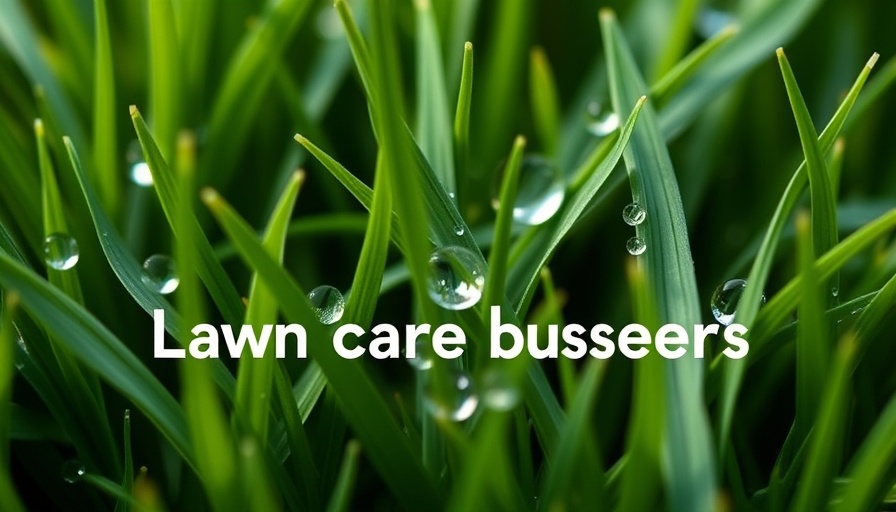
Revolutionizing Lawn Care: LawnPRO Partners' Strategic Acquisition
In a significant move within the landscape and lawn care industry, LawnPRO Partners has acquired Seacoast Tree Care and Seacoast Turf Care, a well-respected entity operating in the New Hampshire, Massachusetts, and Maine regions for over 20 years. This acquisition highlights LawnPRO's commitment not only to expanding its footprint in the New England market but also to enhancing the service capabilities for its customers.
Seacoast Tree & Turf has built a reputation focusing on tree preservation and plant healthcare since its inception in 2003. With a recent addition of lawn care services in 2014, the company has diversified its offerings, which include tree pruning, shrub care, fertilization, aeration, and pest control. Owner Dan Mello's decision to sell was influenced by his desire to achieve retirement goals while ensuring that his dedicated team would have future opportunities under the LawnPRO umbrella.
The Growth Mindset Behind LawnPRO’s Expansion
Bill Viveen, CEO of LawnPRO Partners, expressed enthusiasm about integrating Seacoast Tree & Turf into their brand family. The acquisition represents LawnPRO's third entry into the New Hampshire market, indicating a strategic push to consolidate resources and expertise for improved service delivery. “We are thrilled to welcome the Seacoast team,” said Viveen, underlining the shared mission of growth and community.
Value to Employees and Community
Retaining all existing employees post-acquisition indicates LawnPRO’s commitment to preserving the legacy and integrity of Seacoast’s local operations. This strategy not only benefits employees but also enhances the trust and reliability that customers expect from their lawn care providers. Mello’s legacy will continue to influence the team's operations, as they are empowered to grow their professional careers with enhanced support from LawnPRO.
Implications for Homeowners and Business Owners
For homeowners and business owners in the New England region, this acquisition translates into access to a broader range of lawn care services and expertise. With LawnPRO’s resources, Seacoast can enhance its offerings—in particular, organic lawn treatments, pest control, and custom lawn care plans tailored for residential and commercial needs. The potential for innovative landscaping and outdoor services coupled with proven professionals makes this acquisition good news for anyone looking to elevate their property’s health and aesthetic appeal.
Future Trends and Opportunities in Lawn Care
As LawnPRO continues to scout for more strategic acquisitions, the trend of consolidation in the lawn care industry is likely to intensify. Companies that embrace growth through collaboration are positioning themselves to capitalize on seasonal demands effectively—from spring lawn preparation to fall cleanup services. This evolving landscape may redefine not just how services are offered but also set new standards in customer care across the nation.
Whether you require affordable lawn mowing or specialized services like soil testing and pest control, the newly expanded offerings from Seacoast under LawnPRO Partners provide an excellent opportunity for achieving a picturesque lawn year-round.
Your Call to Action
For anyone who requires professional assistance with lawn care, snow removal, or salting services, there's no better team to rely on as the seasons change. Call Everett Lucas today at Northern Lawn Care or dial 231-450-3414 for expert support tailored for your needs.
 Add Row
Add Row 
 Add
Add 


Write A Comment